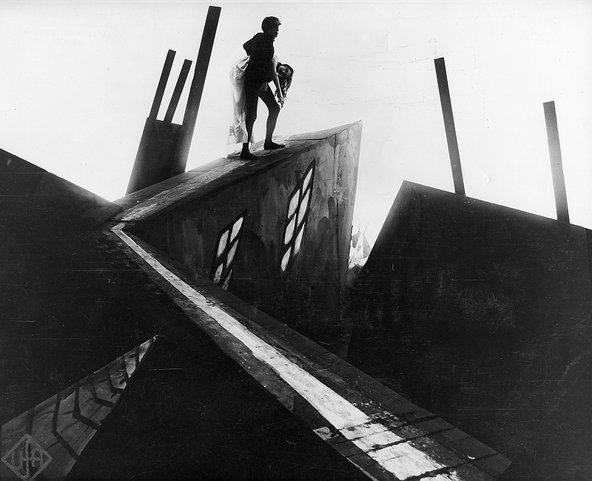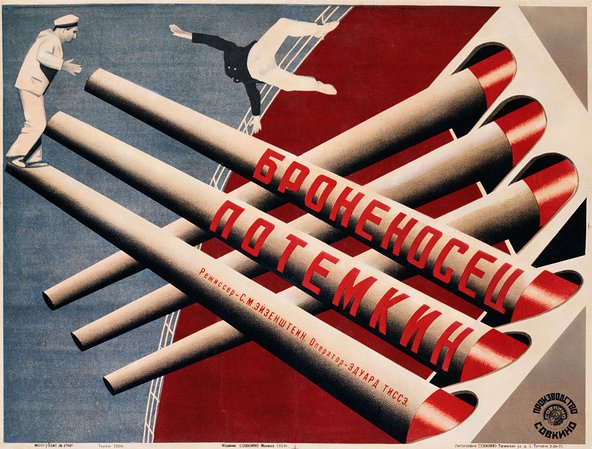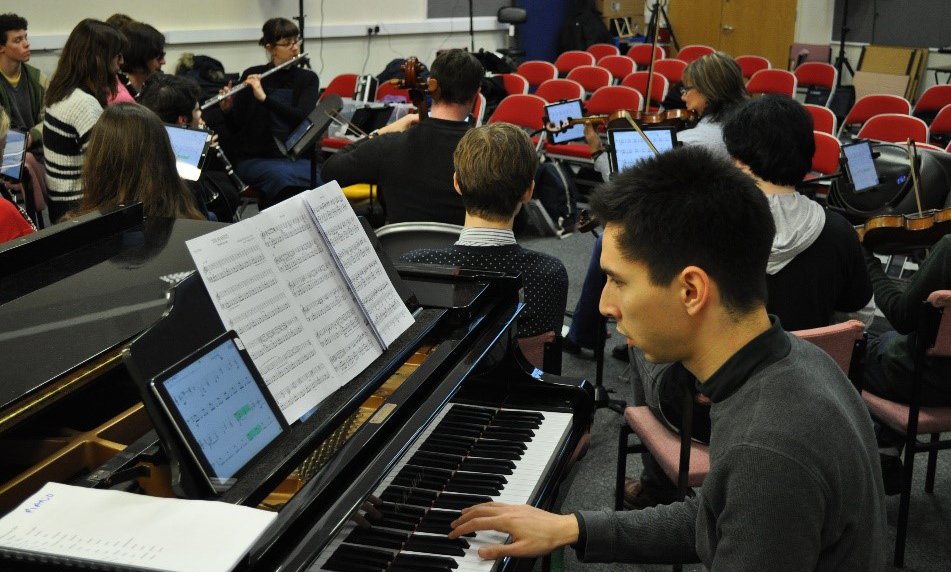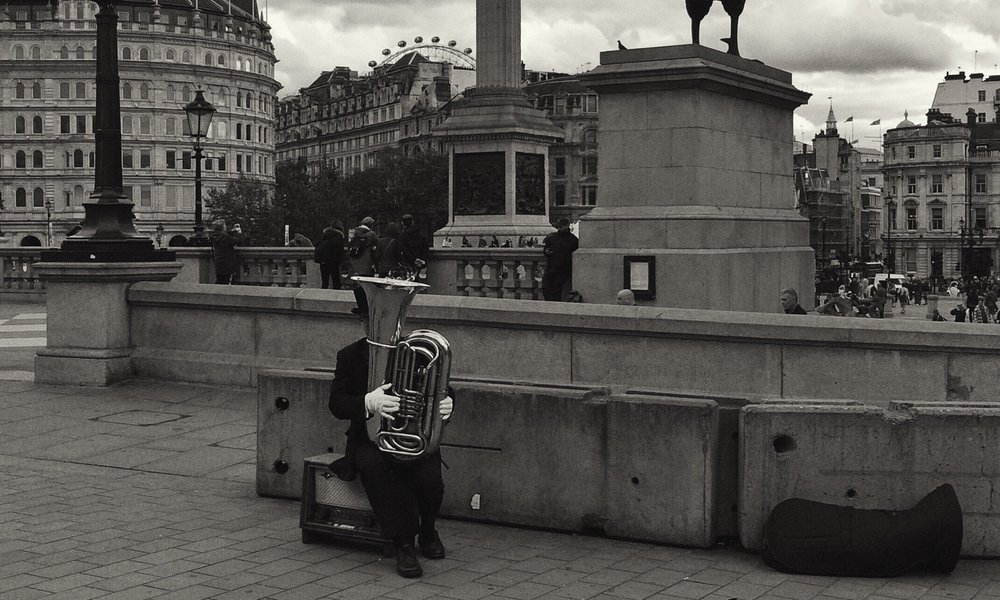As a sociology student in Sheffield in the 1960s, I was part of a thriving film society scene at the university and in the city. So, when Sheffield Polytechnic launched an extramural course in film study a few years later, I was eager to sign up to the budding discipline of film studies. By the late 1970s I had joined the editorial board of the journal Screen and was teaching on a pioneering postgraduate film studies course at the Polytechnic of Central London. Film studies was wide open – a discipline in the process of inventing itself – and it was exciting to be at the cutting edge. But it wasn't as new as it seemed: film studies, inside and outside the academy, had already been decades in the making.

The earliest serious writings on film and cinema began to appear soon after medium's birth, and the 1920s saw the publication of the first historical accounts of cinema and the launch of some critical journals. By the end of the 1930s, the idea of including film appreciation in school curricula had been put into practice in the UK, the US, and elsewhere. This venture was prompted by a variety of sometimes contradictory motives, including a social reform agenda originating from a desire to mitigate the supposedly harmful influence of films on children, and a cultural appreciation approach which aimed to foster informed responses to films. A key objective of introducing popular media like film into the classroom was to educate children’s responses to the sounds and images that were part of their everyday lives; to teach them to discriminate, in other words.
Efforts to introduce the study of films and cinema into higher education predated film teaching in schools: in the US, a course called ‘Photoplay Composition’, launched at Columbia University in 1915, was the first of several similar initiatives. But it wasn’t until the 1950s that the idea of a new scholarly discipline, with its own body of knowledge and academic presence, began to take wider hold. In France in the late 1940s the filmologie movement had called for a serious study of film, and the 1950s saw several efforts at naming the field; ‘cinematology’ was one suggestion. By the 1970s, though, film studies had become the most widely adopted name for the discipline.
Film studies in this period was committed to taking popular cinema seriously, with the aim of creating new knowledge, developing a rigorous approach towards theorising, and advancing a critical consideration of the forms, styles and themes of Hollywood cinema in particular. Beyond Hollywood, a selection of film movements and national cinemas were addressed, including the avant gardes of the first decade of Soviet cinema and the films associated with 1920s German Expressionism. What Is Cinema?, an English-language edition of the writings of Cahiers du cinéma critic André Bazin, was published in 1971 and formed a basis for influential work around medium specificity and realism and cinema. By the 1980s, a militant strand of film theory and analysis had produced protocols for ‘against-the-grain’ and symptomatic readings of Hollywood films, a trend which became controversially associated with Screen.

Since the 1990s, a shift of attention broadly away from Hollywood and towards world cinema has gone hand-in-hand with engagements with area studies and modern language studies. The digital revolution and the accompanying media convergence and rise of digital cinema have prompted the reappearance in the film studies agenda of fundamental questions (What is cinema?, What is the relationship between cinema and the real?), as well as new debates around the ‘death’ of cinema, all revitalised by new film-philosophical inquiry.
Today, film studies is a popular choice for students at all levels of higher education, with introductory curricula typically including studies in film history, film genres, national cinemas, film criticism and analysis, and film theory. Students often ask about the relationship between scholarly film studies and filmmaking; and while a film studies degree is not a preparation for a career in film production, many undergraduate courses do offer production modules alongside students’ core critical, historical, and theoretical studies. As practice as research, filmmaking has also become widely accepted in the field as a mode of scholarly inquiry in its own right.
Annette Kuhn is Professor and Research Fellow in Film Studies at Queen Mary University of London. She was elected a Fellow of the British Academy in 2004 and is in the Academy's Culture, Media and Performance (CMP) section. She is co-author, with Guy Westwell, of the Oxford Dictionary of Film Studies. This blog post is adapted from the entry on film studies in the Dictionary's second edition, due to be published in April 2020.


